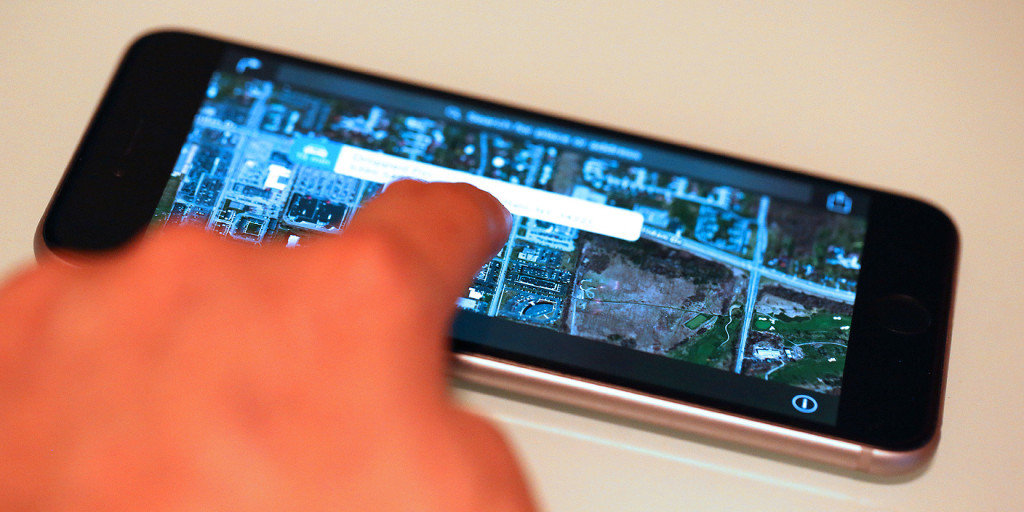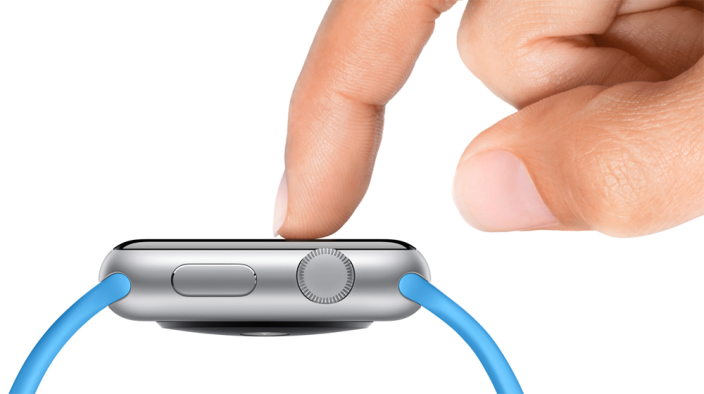
Longstanding rumors suggest Apple is adding Force Touch technology to its next-generation iPhone handset, often dubbed iPhone 6s and iPhone 6s Plus. Already available in Apple Watch and select MacBook models, this technology will open the door for new interactions in iOS 9 that’ll both simplify the interface and streamline the user experience. Read on to find out more about Force Touch and how it will change the way you use your iPhone.
What is Force Touch?
As implemented by Apple, Force Touch technology employs sensors that can distinguish between a light tap and hard press. In the Apple Watch, Force Touch allows users to hard press on the screen and provides access to menu items that cannot fit on the smaller display of the wrist-worn device. On the MacBook, Force Touch is embedded into the trackpad, bringing with it unique app interactions and new gestures such as Force Click. Unlike Force Touch on Apple’s other devices, the iPhone version of the technology may be used to preview content or configured to display shortcuts that’ll lessen the number of steps to complete an action.

Along with Force Touch, Apple’s latest touch innovation also includes a taptic engine that provides physical haptic feedback to the user when they touch the display or trackpad. The Watch provides a buzz feeling when pressed, while the trackpad gives users the sense that they’ve pressed down on the trackpad button when in reality there is no button mechanism. Precise details about the iPhone’s Force Touch technology, but prevailing rumors suggest it will work and feel similar to the Apple Watch.
#1. Whole New Touch Experience
Adding Force Touch technology to the iPhone will change what we feel when we interact with the device. Force Touch could provide the feeling of a button press when using a remote control app or the sensation of typing on a keyboard. When typing, a Force Click press could be used to display a number keypad or unique characters.
#2. Simplified UI
In future implementations, Force Touch could be used to complement, or perhaps even replace, the menu button in an app. Instead of searching for a commonly used setting or command, a user could simply hard press on the screen and open a menu that provides access to the settings or commands within the app. Such a sweeping change in the UI may take time to implement, as it is reliant on new hardware, which will be limited in its distribution initially.

#3. Home Screen Shortcuts
According to an anonymous source who is testing the iPhone 6s, Force Touch may be supported on the home screen, allowing users to deep press on an app icon. This home screen gesture will display shortcuts that allow users to perform an action, For example, a long press on the phone app would bring up a menu that would provide a shortcut to voicemail.
#4. Previewing Content
In iOS 9, Force Touch may be used to preview content such as a web page, contact card and more. For example, users may be able to deep press on a URL and view a thumbnail of the web page or press a location and see a map just the way you can do using the new MacBook and the Force Touch trackpad on the refreshed MacBook Pros. It also is expected to work with default iOS apps, such as the address book where it would provide a glance at the address, number and email details of a contact.
#5. Gaming
Gaming is another area that could see benefits from Force Touch technology. The addition of a new input method may allow for new and innovative gameplay mechanics. In an endless runner game, a tap could cause the character to jump, while a force press could propel the character to leap a long distance.

#6.Visual Arts
Similar to the MacBook, Force Touch could be used in drawing and photography apps to provide touch sensitivity with a finger it. It also could be used to display changes in a photo, allowing users to force click to switch between a before and after version of a photo. Speaking to Business Insider, developer Cole Rise explains how he may use Force Touch in his popular iPhone photography app Litely.
“I think [of] Force Touch as a before and after,” he said. “We have this awesome before and after thing where we have to use two fingers, and people don’t necessarily know how to do that without reading the instructions. “[You place] two fingers on the screen to see how your picture changes. Force Touch may be a really good way to alleviate that.”
How Will You Use Force Touch?
Force Touch technology is expected to land in the iPhone 6s and 6s Plus, which is likely slated for release this fall. Are you looking forward to using Force Touch? How do you expect it will change the iPhone user experience?
After using Force Touch on the Apple Watch, I don’t think it will be the killer feature of iPhone 6s and iPhone 6s Plus, but it should improve usability. Please share your thoughts in the comments below.